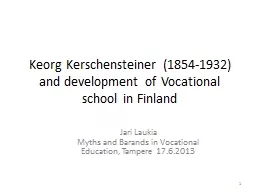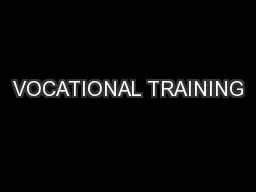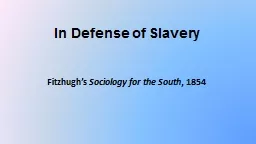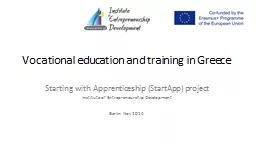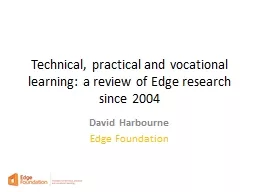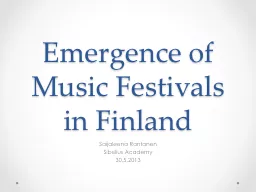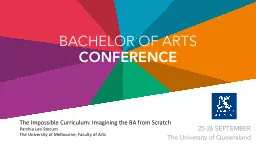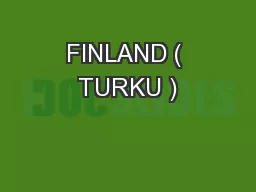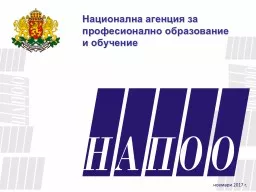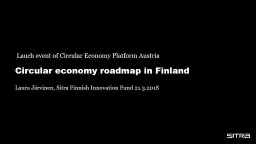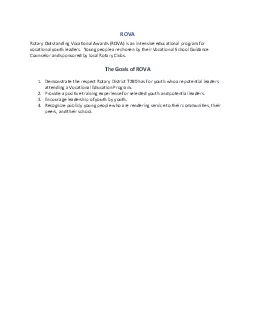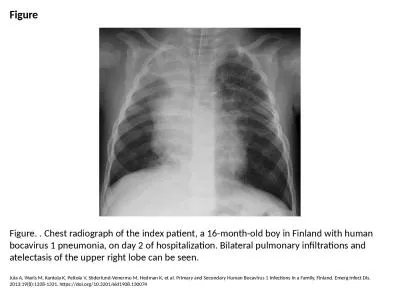PPT-Keorg Kerschensteiner (1854-1932) and development of Vocational school in Finland
Author : narrativers | Published Date : 2020-08-28
Jari Laukia Myths and Barands in Vocational Education Tampere 1762013 1 Content of this presentation Background and method of the research Questions what was the
Presentation Embed Code
Download Presentation
Download Presentation The PPT/PDF document "Keorg Kerschensteiner (1854-1932) and..." is the property of its rightful owner. Permission is granted to download and print the materials on this website for personal, non-commercial use only, and to display it on your personal computer provided you do not modify the materials and that you retain all copyright notices contained in the materials. By downloading content from our website, you accept the terms of this agreement.
Keorg Kerschensteiner (1854-1932) and development of Vocational school in Finland: Transcript
Download Rules Of Document
"Keorg Kerschensteiner (1854-1932) and development of Vocational school in Finland"The content belongs to its owner. You may download and print it for personal use, without modification, and keep all copyright notices. By downloading, you agree to these terms.
Related Documents

